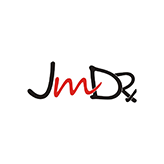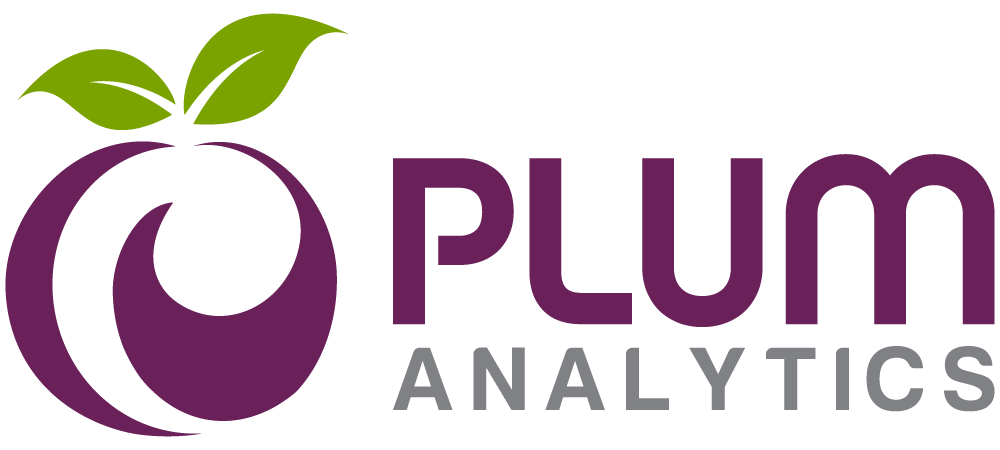

Journal of Multidisciplinary Dental Research
DOI: 10.38138/JMDR/v11i1.24.25
Volume: 11, Issue: 1, Pages: 12-15
Case Report
V Shobika1, P Sneha1, Minu Koshy2, Ambalavanan 3,∗
1Student, BDS intern, Sri Ramakrishna Dental College and Hospital, Tamil Nadu, India
2Head of Department, Department of Conservative Dentistry, Sri Ramakrishna Dental College and Hospital, Tamil Nadu, India
3Department of Conservative Dentistry, Faculty of Dentistry, Sri Ramakrishna Dental College and Hospital, Tamil Nadu, India
*Corresponding Author
Email: [email protected]
Received Date:04 February 2025, Accepted Date:23 March 2025, Published Date:23 July 2025
Diastema, the spacing between teeth, presents as a common aesthetic concern. Maxillary midline diastema is a space greater than 0.5 mm between the proximal surfaces of the two central incisors. It is one of the most negative influencing factors in self-perceived dental appearance. The closure of diastema involves a multidisciplinary approach. In this case study, it is treated using digital tools such as intraoral scanners, and software to facilitate accurate diagnosis, treatment planning as per patient’s aesthetic concern. Digital impression was taken, digital wax pattern mock-up was done, and a template (flexible orthodontic Essix retainer) was created to use injectable composites in the hope of easing clinicians work and enhancing outcome. Injectable composites offer a minimally invasive solution that can effectively close gaps without extensive procedures. Digital dentistry is highly preferred by patients as it promotes patients to be involved and enables them to preview their smile transformation before committing to treatment.
Keywords: Aesthetic, Diastema, Incisors, Patients, Software
© 2025 Published by International Dental Educationists’ Association (IDEA). This is an open-access article under the CC BY license (https://creativecommons.org/licenses/by/4.0/)
V Shobika, P Sneha, Minu Koshy, Ambalavanan. Diastema Closure - A Contemporary Approach using Injectable Composites. J Multi Dent Res. 2025;11(1):12–15. https://doi.org/10.38138/JMDR/v11i1.24.25
Subscribe now for latest articles, news.

